A scarily long time ago, now, I spent a summer walking around a small area in North Wales, just south of Snowdon. This was the field area for my undergraduate mapping project, which was a big turning point in my scientific life, in that the two years prior to this summer kind of sucked, and the years since then have been, on the whole, interesting and fun. At the time, the whole process was not without its frustrations. Trying to distinguish between volcaniclastic rocks directly deposited from volcanic ash flows, and reworked volcanically derived sediments, is not easy; trying to distinguish between the two when they’re almost completely covered with lichens is just a tad harder still. Add a fair amount of stuctural complexity to the niggling uncertainty that you may have wandered over a boundary and just not realised it, and you have a recipe for lots of evenings spent scratching my head as I tried to connect up all the different coloured patches on my field slips into a sensible pattern.
I remember one evening in particular, where I was trying to sort out the details of a particularly complicated area, and not really getting anywhere – or so it seemed. But then, as I squinted at the map in frustration once more, something suddenly clicked. What if- Oh. Yes! But that means- Yes!
I don’t know which bit of my brain had been holding out on me until this point, but suddenly a picture of the regional structure of my area popped into my head – and it all made perfect sense. Even better, this insight allowed me to predict exactly what I should find in the area that I was planning to walk through the next day. The next morning, I followed to route that I’d been planning, and all the different units cropped out pretty much exactly where I’d extrapolated they should.
That was a good day.
And thus, my time in North Wales was one of the first times that I experienced the happy buzz that comes from solving a tricky geological problem or puzzle; suddenly you see past the outcrop that you’re looking at to an environment or a tectonic event long departed, clearly realised in your head. It was certainly the first time that I’d done it all by myself, with no prompting from a lecturer. I wouldn’t be exaggerating if I said that that made me feel pretty damned good; and deeper down, my subconscious quietly noted the fact that maybe, just maybe, I could do this science thing after all.
So, does this make North Wales my favourite field area? Well, no. Because my fond memories are not so much due to the particular rocks there, as they are due to the pleasure I took in puzzling out, and understanding, the geological stories that they held. It’s been exactly the same in similar instances since; the rocks in New Zealand, or South Africa, may have been pretty cool in themselves, but my best memories are always associated with the spark of insight, the moment of “Oh, I see!” Because of that, I generally find myself looking forward to the place I’m going next, and the next geological puzzle to solve. So, in answer to Dave’s question for the next Accretionary Wedge, I have to say that my favorite field area is the next one. And the one after that, ad infinitum. Or, at least, a darn big finitum.
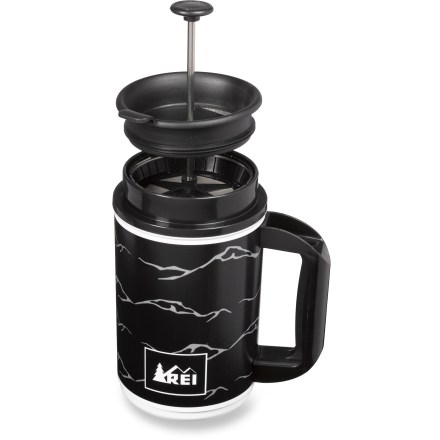

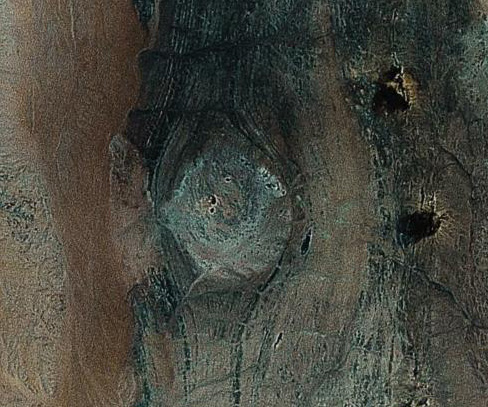

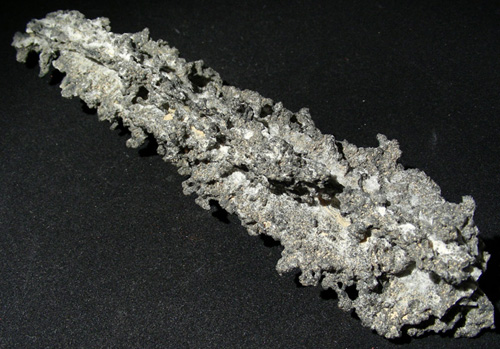

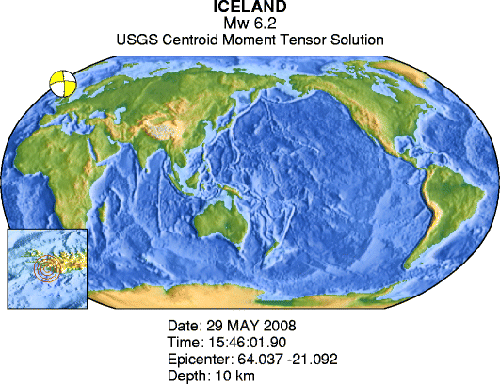
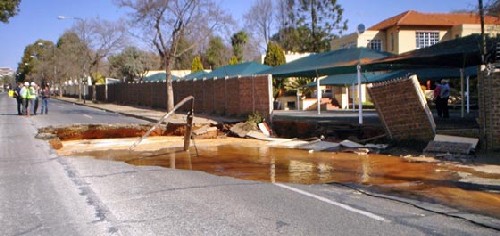
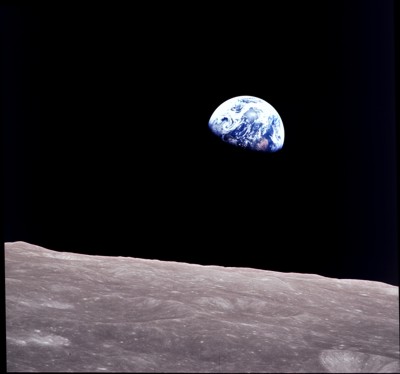
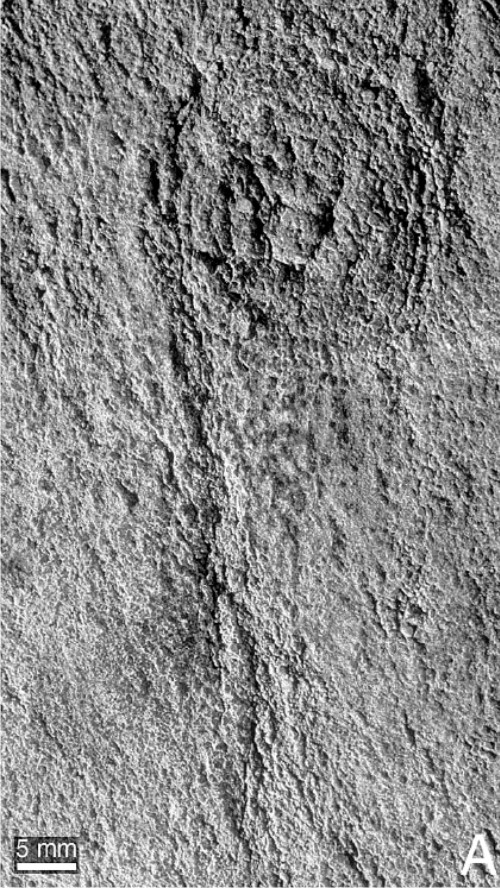
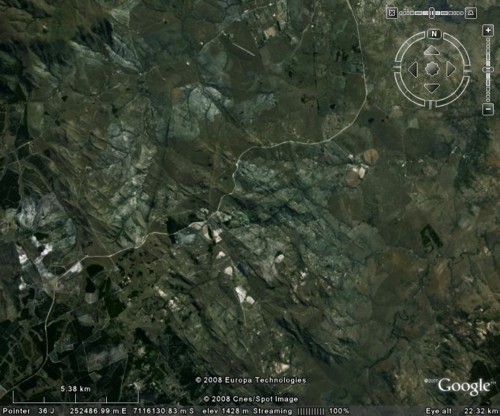




Nice plan for content warnings on Mastodon and the Fediverse. Now you need a Mastodon/Fediverse button on this blog.